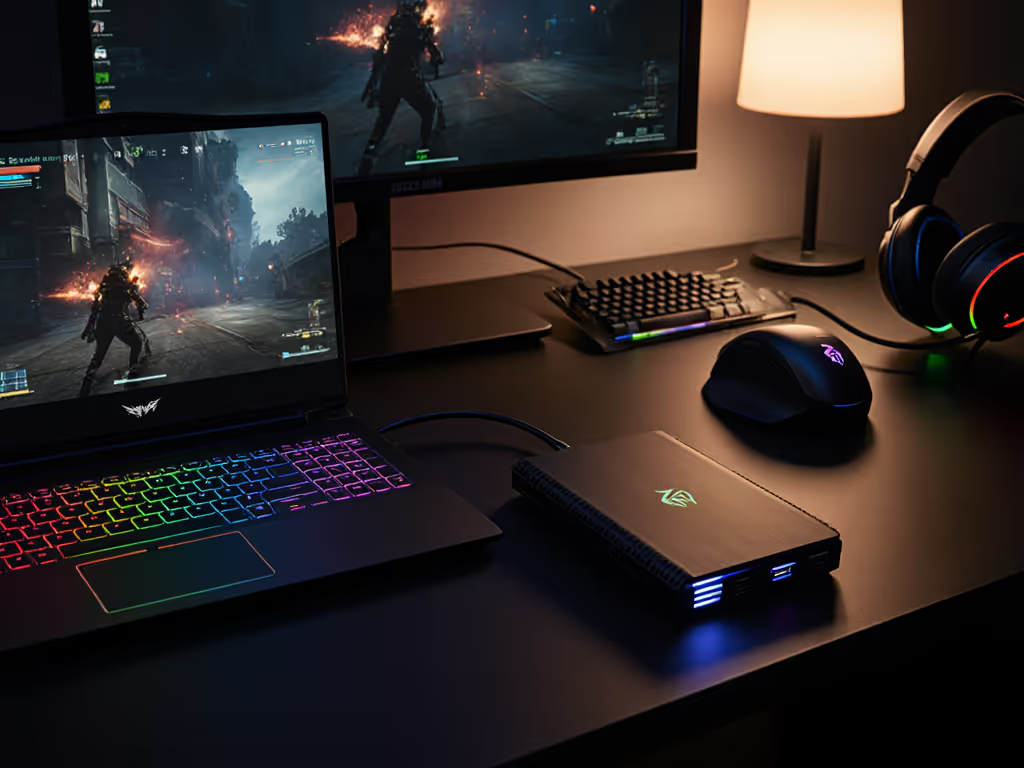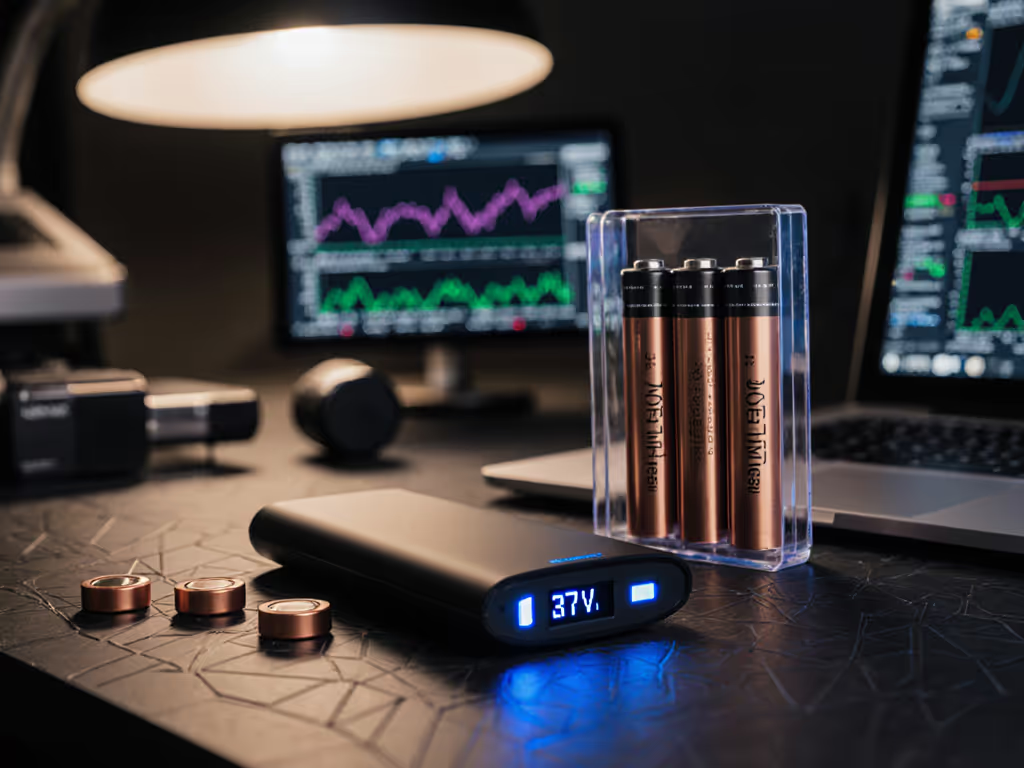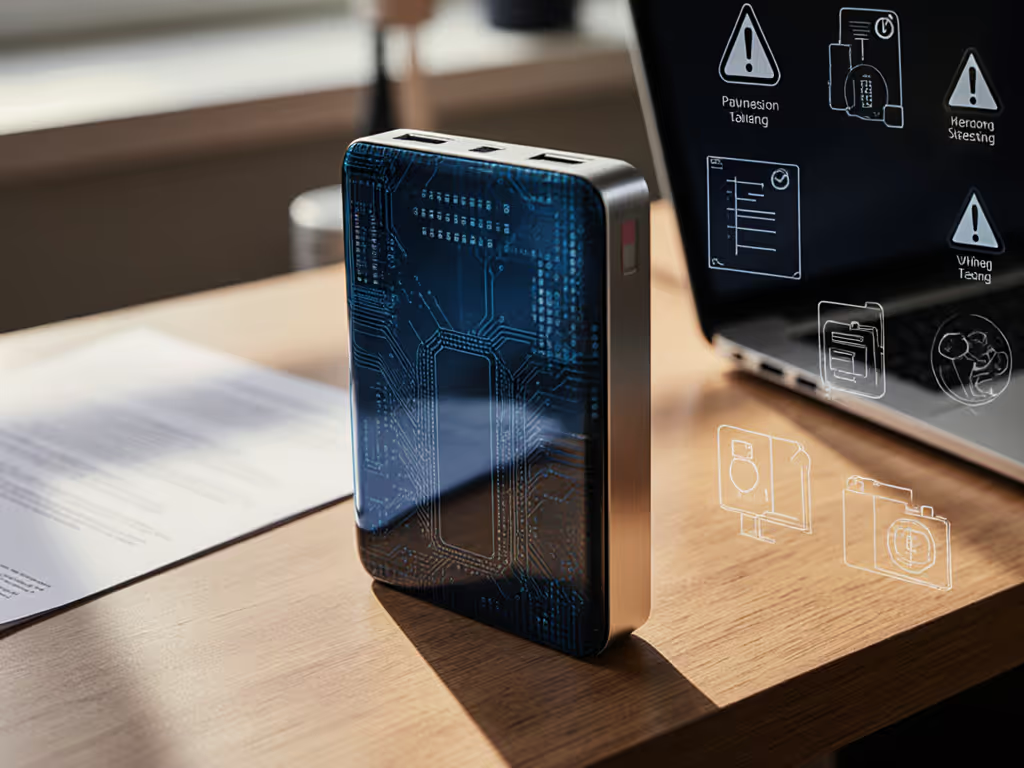
Power Bank Recycling Guide: Compliant Disposal Steps
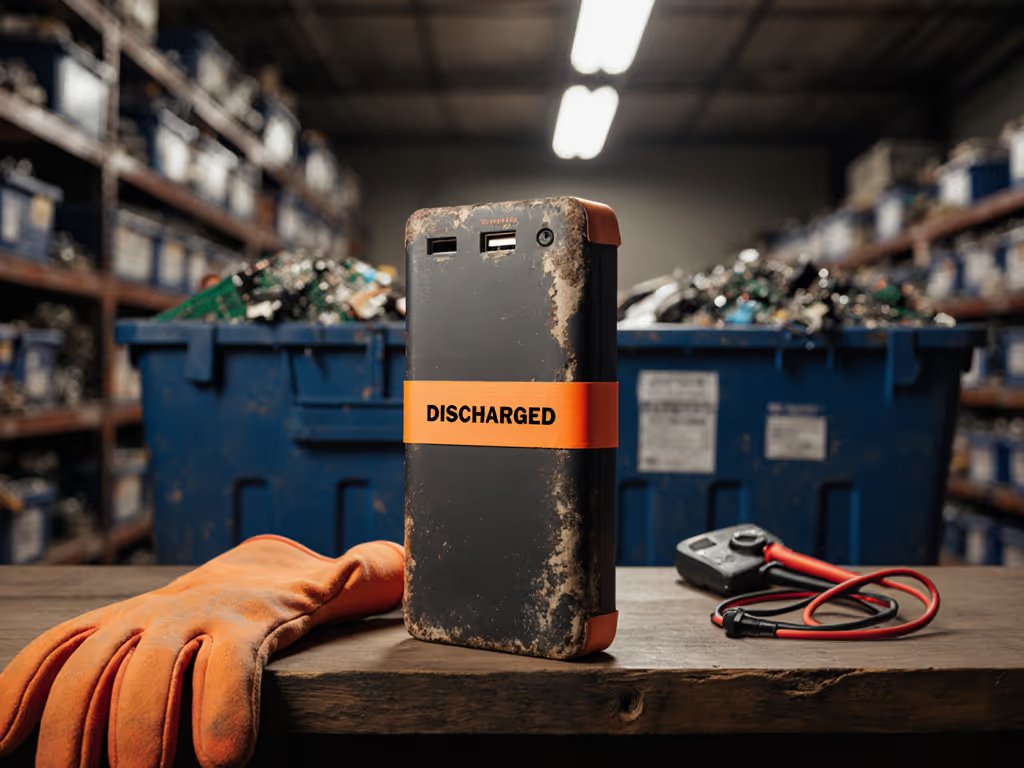
Properly disposing of your power bank requires more than just tossing it in the recycling bin. A comprehensive power bank recycling guide is essential for avoiding environmental harm and personal safety risks. This sustainable e-waste disposal process demands careful attention to regulatory requirements and technical specifications, especially since lithium components can pose fire hazards when mishandled. As someone who audits compliance daily, I've seen countless cases where insufficient documentation turned a routine travel item into a security headache. Safety paperwork and labels are features, not afterthoughts.
Why Can't I Just Throw My Power Bank in the Regular Recycling Bin?
Lithium-ion batteries (whether internal to your power bank or removable) require specialized handling due to their chemical composition and potential fire hazards. Standard municipal recycling facilities aren't equipped to handle these components safely. When lithium batteries are crushed or punctured in standard recycling streams, they can short-circuit, overheat, and ignite. To understand how battery type affects risk and longevity, see our battery chemistry guide. According to industry data, improperly disposed batteries account for over 200 waste facility fires annually in the US alone.
"Airline-ready means documented"
This is why lithium battery disposal requires specific protocols. The risk matrices and mitigations established in standards like UN Manual of Tests and Criteria (Section 38.3) exist for good reason, because they prevent precisely these kinds of hazardous scenarios from escalating.
What Steps Should I Take Before Disposing of My Power Bank?
1. Assess Condition and Discharge
Begin with clear acceptance criteria: inspect for swelling, leaks, or physical damage. If your power bank shows any of these signs, do not attempt to discharge it yourself. For units in good condition:
- Use the power bank until it reaches 0% capacity
- Avoid complete discharge forcing (don't try to squeeze out that last 5%)
- Store in a cool, dry place while awaiting disposal
2. Terminal Insulation (Critical Step)
Whether the battery is internal or removable, ensure terminals are insulated:
- Cover exposed terminals with non-conductive electrical tape
- Place each power bank in individual plastic bags
- Never allow multiple batteries to touch during transport
This precise labeling language (Wh, limits) matters because short circuits during transport create the most common fire initiators at recycling facilities. For safe handling, storage, and labeling best practices, review our compliance-first safety guide.
Where Can I Recycle My Power Bank Safely?
Finding legitimate disposal options requires verification, because many so-called "recycling" facilities lack proper certifications. Look for facilities with these credentials:
- R2 (Responsible Recycling) certification
- e-Stewards certification
- Call2Recycle partnership
Your options include:
- Retailer take-back programs: Best Buy, Staples, and Apple stores accept small electronics
- Municipal hazardous waste facilities: Often free for residents
- Certified e-waste recyclers: Search Earth911 or Call2Recycle for local options
When evaluating e-waste recycling centers, ask whether they provide documentation of proper disposal. If sustainability is a priority, explore our eco-friendly power banks to choose products that support responsible end-of-life. Audit trails matter for corporate compliance, but they also verify your personal contribution to sustainable practices. I once helped a client recover their work trip after security confiscated a perfectly functional power bank, simply because the watt-hour labeling had been omitted. To understand capacity ratings and proper Wh labeling, read mAh vs real capacity. A single missing piece of documentation turned a reliable device into contraband.
What About Power Banks That Failed Airline Compliance?
This is where normative references cited in IATA Dangerous Goods Regulations become critical. If you possess a power bank exceeding 100Wh (watt-hours), you face specific disposal considerations:
- Never attempt to modify or dismantle high-capacity units
- Contact specialized hazardous waste handlers immediately
- Verify carriers accept >100Wh batteries for disposal (most standard programs don't)
Remember that "Airline-ready means documented" applies to disposal as much as it does to travel. For travel-specific limits and documentation tips, see our airline compliance guide. Your disposal pathway must align with the same regulatory frameworks that govern air transport.
Can I Donate or Resell a Power Bank Showing Signs of Wear?
Absolutely not if you observe:
- Voltage inconsistencies (measured below 3.0V or above 4.2V per cell)
- Physical swelling (>5% volume increase)
- Temperature spikes during normal use
That power bank you "think" still works may be a ticking hazard. Consider the risk matrices: degraded lithium-ion cells become exponentially more dangerous as they approach end-of-life. What seems like a generous donation could create a fire hazard for someone else. When I audit protection ICs, I've seen too many units where safety circuitry failed before visible symptoms appeared.
What Documentation Should I Request from Recyclers?
Demand proof of proper disposal through:
- Certificate of Destruction showing proper material handling
- Chain-of-custody documentation
- Confirmation of smelting or hydrometallurgical recovery processes
This verification aligns with the same accountability principles that make power banks airline-ready in the first place. Reputable programs like Call2Recycle provide digital certificates upon request.
Why Does This Process Matter for Future Purchases?
Your disposal experience should inform future selections. Look for manufacturers who provide:
- Clear end-of-life instructions
- Take-back programs
- Complete labeling matching UN38.3 documentation
Conservatively engineered power banks with complete documentation not only travel safely but also dispose safely.

50000mAh Portable Power Bank
How Do I Verify My Power Bank Is Properly Recycled?
Ask recyclers these critical questions:
- "Do you separate lithium components before processing?"
- "What percentage of materials do you recover?"
- "Can you provide documentation of final disposition?"
Without these answers, you're essentially gambling with environmental responsibility. The EPA confirms that less than 5% of lithium-ion batteries in the US are currently recycled properly, which means most end up in landfills where they can leach cobalt, nickel, and other toxic metals into groundwater.
Taking the Next Step in Responsible Tech Management
Proper power bank recycling isn't just about disposal, it's part of a larger commitment to sustainable technology management. Before your next purchase, consider:
- Manufacturers with verified take-back programs
- Power banks with modular, replaceable battery designs
- Clear documentation that follows you through the product lifecycle
For those managing tech inventories across teams or organizations, I've developed a free compliance checklist that maps disposal requirements to acquisition criteria. It bridges the gap between purchase decisions and end-of-life responsibility, ensuring your tech investments remain accountable from first charge to final disposal. Subscribe to receive this resource and transform how your organization approaches eco-friendly tech disposal.
Compliance isn't just about avoiding problems at security checkpoints, it's the foundation of responsible technology stewardship from cradle to grave. When you treat safety documentation as a core feature rather than a regulatory hurdle, you protect not just your next trip, but our shared environment.
Related Articles

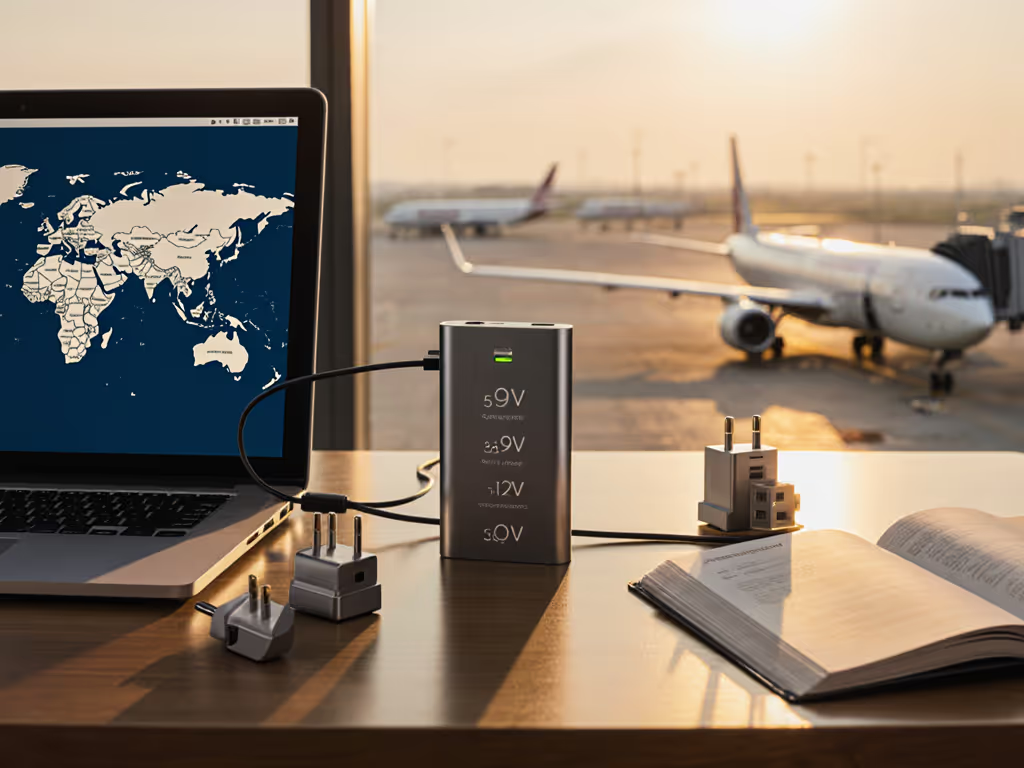
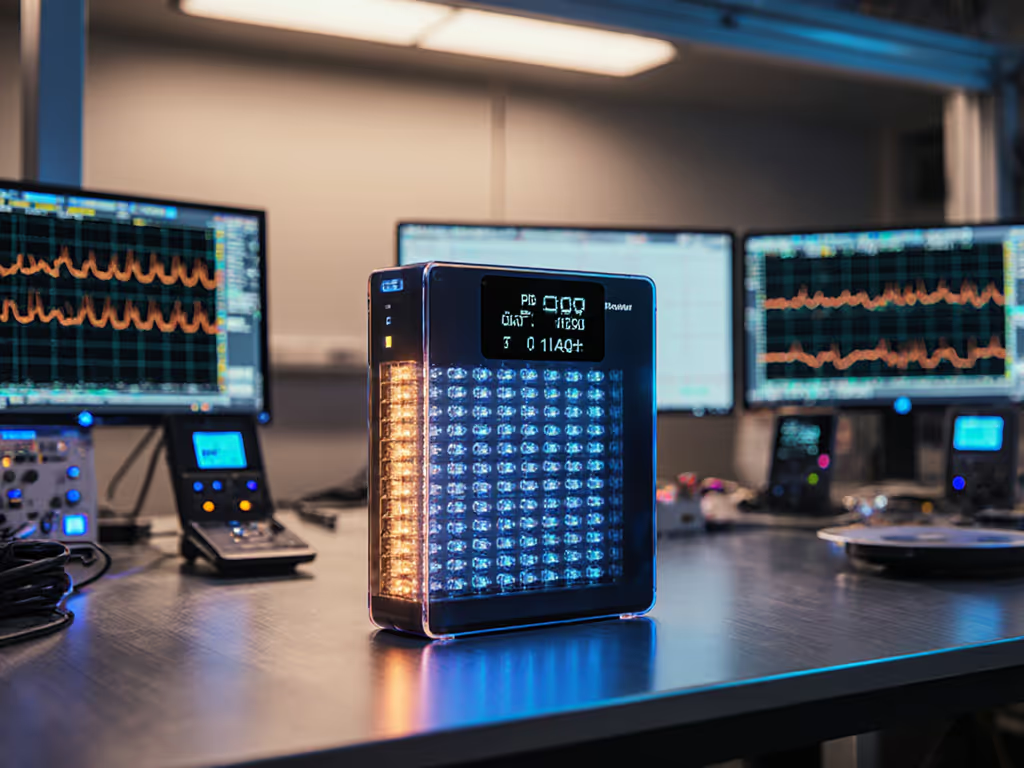
Solid-State Power Banks: Real Safety, Real Energy Density
